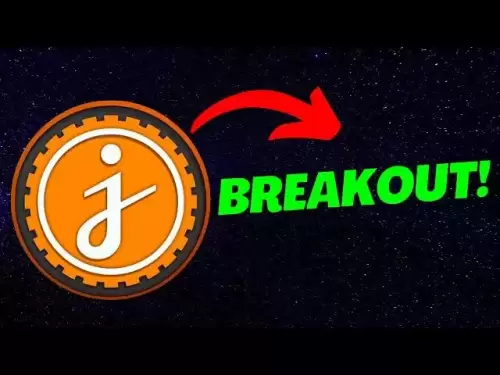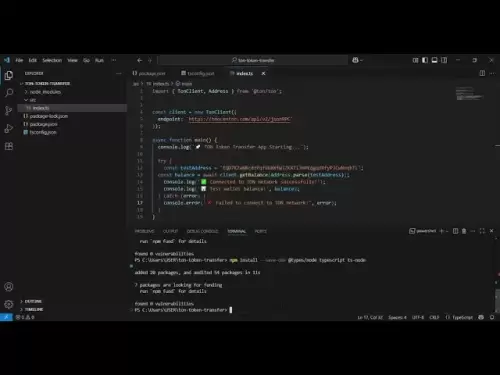-
 Bitcoin
Bitcoin $118,841.1054
1.02% -
 Ethereum
Ethereum $3,364.2689
7.44% -
 XRP
XRP $3.0337
3.93% -
 Tether USDt
Tether USDt $1.0004
0.04% -
 BNB
BNB $708.2059
2.49% -
 Solana
Solana $173.2385
5.74% -
 USDC
USDC $0.9999
-0.01% -
 Dogecoin
Dogecoin $0.2121
6.85% -
 TRON
TRON $0.3090
2.81% -
 Cardano
Cardano $0.7628
2.25% -
 Hyperliquid
Hyperliquid $46.8391
-2.08% -
 Stellar
Stellar $0.4537
0.15% -
 Sui
Sui $3.9529
-2.88% -
 Chainlink
Chainlink $16.6414
3.72% -
 Hedera
Hedera $0.2354
1.52% -
 Bitcoin Cash
Bitcoin Cash $499.1285
0.43% -
 Avalanche
Avalanche $22.6400
0.57% -
 Shiba Inu
Shiba Inu $0.0...01438
4.88% -
 UNUS SED LEO
UNUS SED LEO $8.8507
-0.64% -
 Toncoin
Toncoin $3.1498
2.35% -
 Litecoin
Litecoin $97.4954
1.21% -
 Polkadot
Polkadot $4.1541
1.50% -
 Monero
Monero $331.4406
-1.03% -
 Pepe
Pepe $0.0...01350
5.24% -
 Uniswap
Uniswap $8.9103
-5.01% -
 Bitget Token
Bitget Token $4.7540
4.51% -
 Dai
Dai $0.9999
-0.02% -
 Ethena USDe
Ethena USDe $1.0008
0.00% -
 Aave
Aave $322.3328
-1.63% -
 Bittensor
Bittensor $431.8026
-0.50%
GPU Mining Principles and Hardware Configuration Analysis
GPU mining uses parallel processing to solve cryptographic puzzles, validating blockchain transactions. Hashrate, measured in H/s, determines mining success.
Mar 30, 2025 at 06:36 am

Understanding GPU Mining
GPU mining leverages the parallel processing power of Graphics Processing Units (GPUs) to solve complex cryptographic problems, validating transactions and securing blockchain networks. Unlike CPU mining, which relies on a single processing core, GPUs utilize thousands of smaller cores working concurrently. This parallel processing significantly accelerates the mining process, making it more efficient for certain cryptocurrencies. The core principle involves the GPU performing intense calculations to find a hash that meets the network's difficulty requirements. The first miner to find this hash gets to add the next block to the blockchain and receives the block reward.
The Role of Hashrate in GPU Mining
The speed at which a GPU can perform these calculations is measured in hashes per second (H/s), also known as hashrate. A higher hashrate translates directly to a greater chance of successfully mining a block and earning rewards. Many factors influence hashrate, including the GPU's architecture, memory bandwidth, and clock speeds. Overclocking, carefully increasing these speeds beyond factory settings, can boost hashrate but carries the risk of instability and hardware damage if not done correctly. Choosing GPUs with high memory bandwidth is crucial for handling the large datasets involved in mining.
Algorithm Compatibility and GPU Selection
Not all GPUs are created equal when it comes to mining. Different cryptocurrencies utilize different cryptographic algorithms. The algorithm dictates which type of GPU is most efficient. For example, GPUs with high memory bandwidth excel at mining memory-intensive algorithms like Ethash (formerly used by Ethereum), while others might be better suited for less memory-intensive algorithms. Researching the specific algorithm of the cryptocurrency you intend to mine is crucial for selecting the right GPU.
Essential Hardware Components Beyond the GPU
While the GPU is the heart of a mining rig, other components play a crucial role in its performance and longevity. A powerful CPU is needed to manage the mining software and communicate with the GPU. Sufficient RAM ensures smooth operation, preventing bottlenecks. A reliable motherboard capable of supporting multiple GPUs is essential for building a mining rig. A high-capacity power supply is critical, as GPUs consume significant power. Efficient cooling, using fans or liquid cooling systems, is vital to prevent overheating and maintain stable performance.
Building a GPU Mining Rig: A Step-by-Step Guide
Building a profitable mining rig requires careful planning and execution. Here's a breakdown of the process:
- Choose your cryptocurrency: Select a cryptocurrency with a mining algorithm compatible with your chosen GPU.
- Select your GPUs: Research and choose GPUs known for their efficiency in mining your chosen cryptocurrency. Consider factors like hashrate, power consumption, and price.
- Choose supporting hardware: Select a motherboard, CPU, RAM, power supply, and cooling solution appropriate for your chosen GPUs.
- Assemble the rig: Carefully assemble all components, ensuring proper connections and airflow.
- Install mining software: Download and install appropriate mining software for your chosen cryptocurrency. Configure the software to connect to a mining pool.
- Monitor performance: Regularly monitor the rig's performance, temperature, and hashrate. Adjust settings as needed to optimize efficiency and prevent overheating.
Power Consumption and Efficiency
GPU mining is energy-intensive. The power consumption of a mining rig depends on the number and type of GPUs used. Understanding the power consumption of your hardware and calculating the cost of electricity is crucial for assessing profitability. Efficient cooling solutions can help reduce power consumption by allowing GPUs to operate at lower temperatures and higher clock speeds. Monitoring power usage helps in identifying potential issues and optimizing the rig's efficiency.
Overclocking GPUs for Increased Hashrate
Overclocking involves increasing the GPU's core clock speed and memory clock speed beyond their factory settings. This can lead to a significant increase in hashrate, but it also increases power consumption and heat generation. Careful monitoring of temperatures is crucial to prevent damage. Overclocking software can help manage the process, allowing for incremental adjustments and stability testing. Improper overclocking can lead to instability, crashes, and even permanent damage to the GPU.
Mining Pool Considerations
Mining pools combine the hashrate of multiple miners, increasing the chances of finding a block and earning rewards. Joining a mining pool distributes the rewards proportionally based on each miner's contribution (hashrate). Choosing a reputable mining pool is crucial to ensure fair payouts and avoid scams. Consider factors such as pool fees, payout methods, and server stability when selecting a pool.
Software and Drivers: Crucial for Optimal Performance
Using the correct and up-to-date drivers for your GPUs is critical for optimal performance. Outdated drivers can lead to reduced hashrate, instability, and errors. Similarly, using the appropriate mining software for your chosen cryptocurrency is essential. Mining software manages the mining process, communicates with the GPUs, and submits the found hashes to the mining pool.
Profitability and ROI in GPU Mining
The profitability of GPU mining is highly dynamic and depends on several factors, including the cryptocurrency's price, difficulty, electricity costs, and the GPU's hashrate and power consumption. Calculating the cost of electricity and comparing it to potential earnings is crucial for assessing profitability. Market volatility can significantly impact the return on investment (ROI). Regularly monitoring these factors is essential for making informed decisions.
Frequently Asked Questions
Q: What are the best GPUs for GPU mining?
A: The "best" GPU depends on the algorithm of the cryptocurrency being mined. Generally, high-end NVIDIA and AMD GPUs with ample VRAM are favored, but specific models change constantly due to technological advancements and algorithm shifts. Researching current benchmarks is crucial.
Q: How much does it cost to set up a GPU mining rig?
A: Costs vary drastically depending on the number and type of GPUs, other hardware components, and electricity costs in your region. Expect a significant initial investment.
Q: Is GPU mining profitable?
A: Profitability is highly variable and depends on many factors, including cryptocurrency prices, mining difficulty, electricity costs, and hardware costs. It's crucial to perform thorough calculations before investing.
Q: What are the risks involved in GPU mining?
A: Risks include hardware failure, fluctuating cryptocurrency prices, increasing mining difficulty, and high electricity costs. Overheating and improper overclocking can also damage hardware.
Q: How do I choose a mining pool?
A: Consider factors like pool fees, payout methods, server stability, and the pool's overall reputation. Research different pools and compare their performance before making a decision.
Q: What is the difference between CPU mining and GPU mining?
A: CPU mining uses the central processing unit for calculations, while GPU mining utilizes the parallel processing power of graphics cards, making it significantly faster for most cryptocurrencies. CPU mining is generally only practical for very low-difficulty coins.
Disclaimer:info@kdj.com
The information provided is not trading advice. kdj.com does not assume any responsibility for any investments made based on the information provided in this article. Cryptocurrencies are highly volatile and it is highly recommended that you invest with caution after thorough research!
If you believe that the content used on this website infringes your copyright, please contact us immediately (info@kdj.com) and we will delete it promptly.
- Trump, Meme Coins, and Tokens: A Wild Ride in Crypto
- 2025-07-17 18:50:12
- Ripple's EU Expansion: RLUSD Takes Center Stage, XRP's Role Defined
- 2025-07-17 18:30:12
- XRP Whale Alert: $73M Moved to Coinbase – Correction Incoming?
- 2025-07-17 19:10:14
- Sui (SUI), Mutuum Finance (MUTM), and DeFi Adoption: A Tale of Two Trajectories
- 2025-07-17 19:10:14
- Shiba Inu's ATH Ambitions: Can It Outpace the Competitors?
- 2025-07-17 18:30:12
- Cake Wallet, Privacy, and the Harper v. Faulkender Ruling: What You Need to Know
- 2025-07-17 18:50:12
Related knowledge
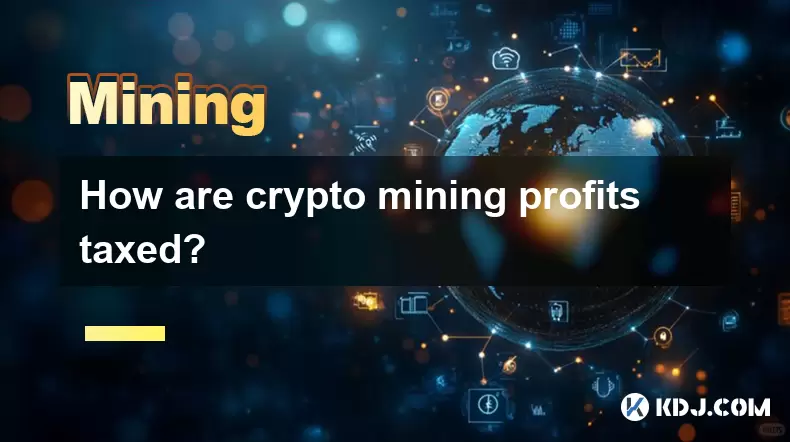
How are crypto mining profits taxed?
Jul 14,2025 at 12:28am
Understanding Cryptocurrency Mining and TaxationCryptocurrency mining involves validating transactions on a blockchain network and earning rewards in ...
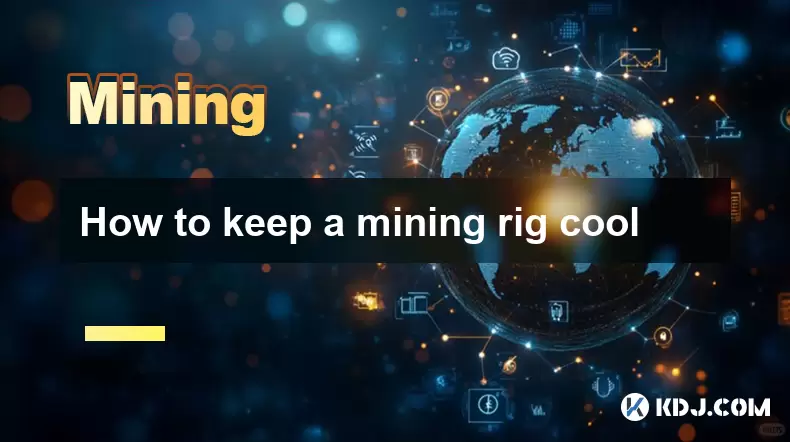
How to keep a mining rig cool
Jul 12,2025 at 01:42pm
Understanding the Importance of Cooling in Mining RigsCryptocurrency mining is an intensive process that places heavy demand on hardware components, p...
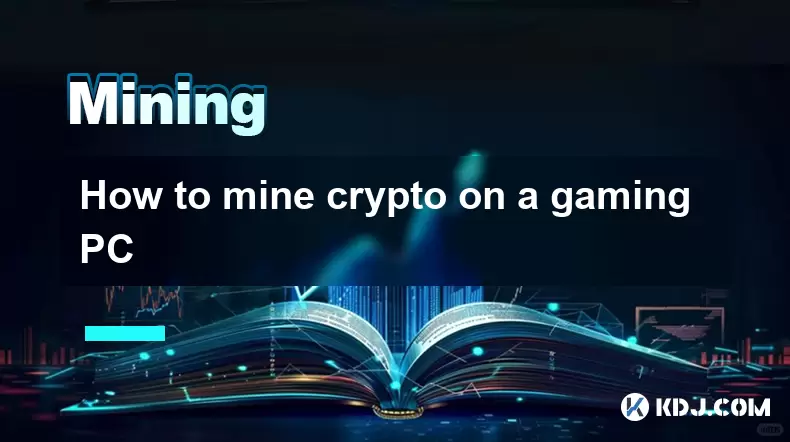
How to mine crypto on a gaming PC
Jul 16,2025 at 12:00pm
What is Crypto Mining on a Gaming PC?Crypto mining involves using your computer's processing power to validate transactions on a blockchain network. A...
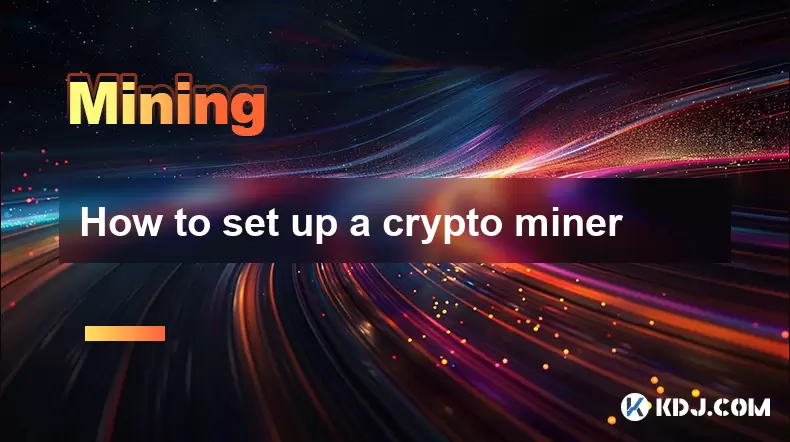
How to set up a crypto miner
Jul 16,2025 at 09:14am
Understanding Ethereum Gas Fees: What Are They and How Do They Work?Ethereum gas fees are a fundamental aspect of the network, representing the cost r...
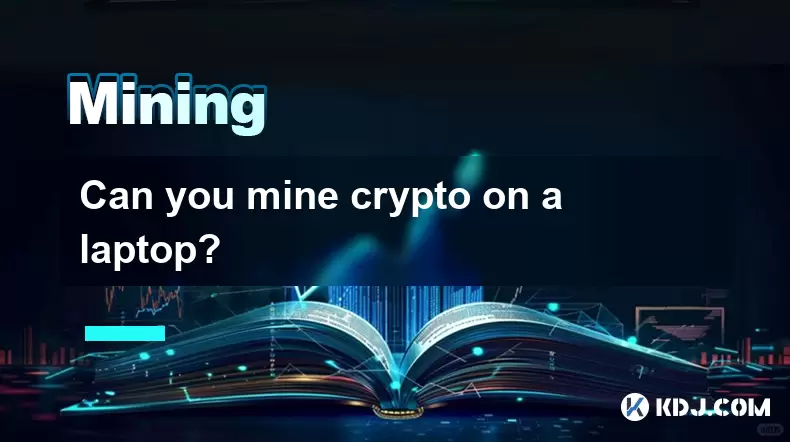
Can you mine crypto on a laptop?
Jul 16,2025 at 02:21am
Is It Feasible to Mine Cryptocurrency on a Laptop?Mining cryptocurrency on a laptop is technically possible, but feasibility depends heavily on the ha...
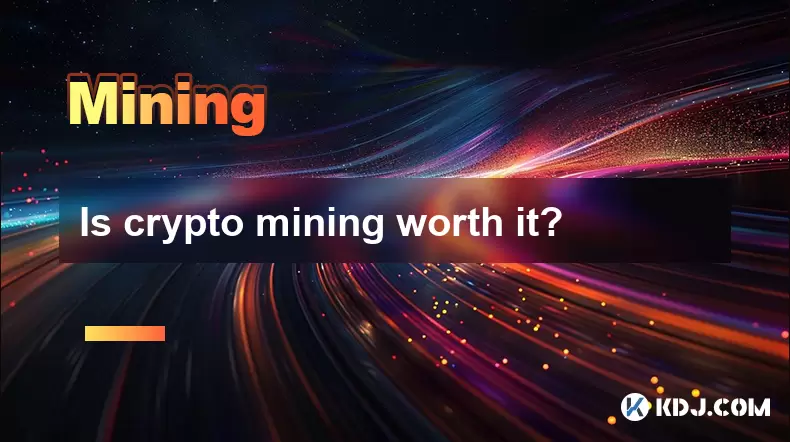
Is crypto mining worth it?
Jul 16,2025 at 01:21am
Understanding the Basics of Crypto MiningCrypto mining refers to the process of validating transactions on a blockchain network by solving complex mat...

How are crypto mining profits taxed?
Jul 14,2025 at 12:28am
Understanding Cryptocurrency Mining and TaxationCryptocurrency mining involves validating transactions on a blockchain network and earning rewards in ...

How to keep a mining rig cool
Jul 12,2025 at 01:42pm
Understanding the Importance of Cooling in Mining RigsCryptocurrency mining is an intensive process that places heavy demand on hardware components, p...

How to mine crypto on a gaming PC
Jul 16,2025 at 12:00pm
What is Crypto Mining on a Gaming PC?Crypto mining involves using your computer's processing power to validate transactions on a blockchain network. A...

How to set up a crypto miner
Jul 16,2025 at 09:14am
Understanding Ethereum Gas Fees: What Are They and How Do They Work?Ethereum gas fees are a fundamental aspect of the network, representing the cost r...

Can you mine crypto on a laptop?
Jul 16,2025 at 02:21am
Is It Feasible to Mine Cryptocurrency on a Laptop?Mining cryptocurrency on a laptop is technically possible, but feasibility depends heavily on the ha...

Is crypto mining worth it?
Jul 16,2025 at 01:21am
Understanding the Basics of Crypto MiningCrypto mining refers to the process of validating transactions on a blockchain network by solving complex mat...
See all articles
























